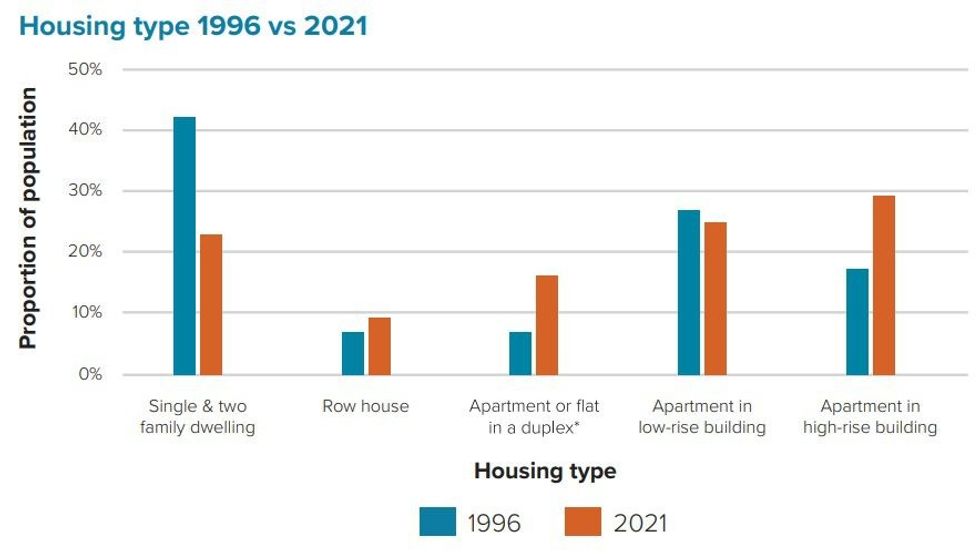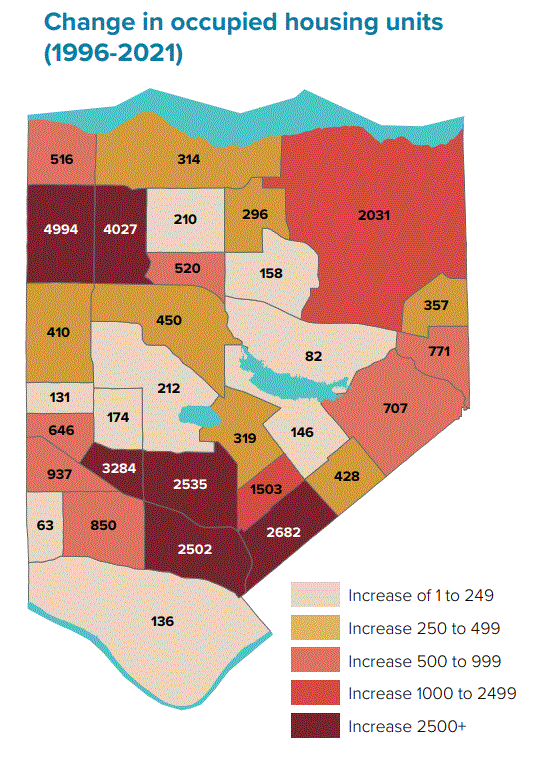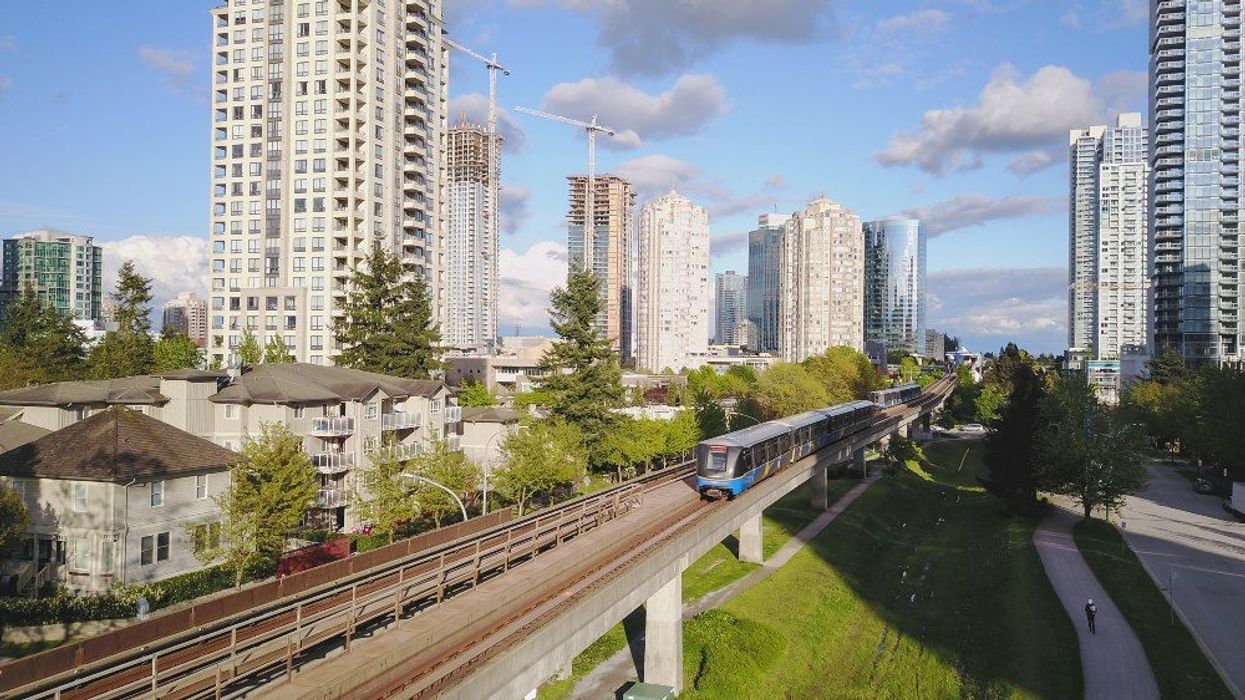This week, the City of Burnaby launched the "visioning" phase of its new Official Community Plan (OCP), which will guide the long-term vision for Burnaby's transportation, infrastructure, parks, agriculture, arts, and housing all the way through 2050.
Under British Columbia's Local Government Act, municipalities in BC are required to have an OCP. Burnaby's current Official Community Plan was adopted in 1998 and revised in 2014, but the City says that a new updated plan is needed in order to "respond to the current an emerging needs of the community" and "articulate how growth will be shaped and managed."
One of the biggest topics in Burnaby is housing and urban development, and to surmise what the future of housing in Burnaby will look like, it helps to first understand the past and present.
According to insights compiled by the City, there have been some subtle, but not insignificant, changes when it comes to housing trends in Burnaby.
The biggest shift has arguably been in terms of the kinds of housing found in Burnaby. In 1996, about 42% of all housing in Burnaby were single-family or two-family homes -- the most common of all housing types. As of 2021, that number has nearly halved to 22%. Homes in low-rise buildings have also decreased during the same period, but only slightly, from about 28% to 25%.
Meanwhile, all remaining types of housing have increased. Row houses have increased slightly from about 7% to 9%, duplexes have more than doubled from about 7% to 16%, and homes in high-rises have increased from 18% to 29% -- the highest of all types of housing, as of 2021.

This data is dated to 2021 but will more than likely continue on this trajectory in the near future, as most of the residential development that's occurring in Burnaby is taking the form of multi-family buildings, many of which are in high-rises.
Just in the past few months, Burnaby has seen two new master plan proposals in Burnaby Lake Heights and Burnaby Lake Village, which would consist of 12 and 14 buildings, respectively. Both of those are located in the Bainbridge area of Burnaby, but other master plan communities are also taking form in Edmonds and Brentwood, all of which include plans for high-rises.
According to the City, the Metrotown and Brentwood areas have seen the largest increases in housing units by far, and there still remains plenty of projects on the way in those areas, many of which are high-rises.

In terms of the people, Burnaby has seen a shift between homeowners and renters that's fairly rare not only in British Columbia, but all of Canada. While Canada's renter population is growing at twice the rate of homeowners, according to Statistics Canada, Burnaby has seen the opposite. In 1996, 45% of households rented compared to 55% of households who owned their homes, but those numbers are 38% and 62% as of 2021.
According to the City, Burnaby had an inventory of 13,850 purpose-built rental units. By 2021, that number had decreased to 11,539. Burnaby has had a reputation for demolishing old rental buildings to make way for newer buildings, many of which were for-sale condominiums rather than apartments for rent.
READ: Burnaby Further Strengthens Province-Leading Renter Protections
The average household size in Burnaby has also decreased slightly, from 2.6 people in 1996 to 2.4 people in 2021. That change is attributed to a nearly 5% decrease in households with four or more people, from about 26% to 21%. In that same span, households with one person, two people, or three people all increased by about 1% to 3%.
The total number of homes in Burnaby was 68,750 in 1996 and 101,136 as of 2021, and the City is expecting to hit over 150,000 by 2050.
The development of the Burnaby 2050 Official Community Plan is expected to take multiple years and be completed by Summer 2025. In June, the City will be hosting numerous free events where residents are welcome to learn about and contribute to the development of the plan.





















